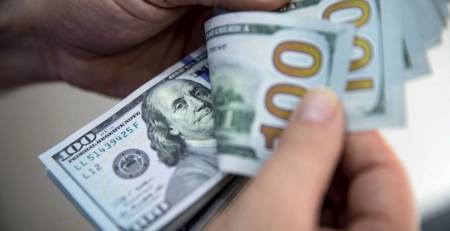By Larry Rothman
With high inflation persisting, the Federal Reserve recently raised short-term interest rates by 75 basis points, the largest one-time increase since 1994. As the Fed continues hiking rates, this raises the risk that the central bank will go too far in combating inflation and tip the U.S. economy into a recession. As a result, high-yield spreads could widen further than they already have this year since cash flow would come under pressure, raising the risk of financial distress.
In the red: The Bloomberg U.S. Corporate High Yield index has returned -13.3% so far this year, outpacing the Bloomberg U.S. Corporate Bond index mainly due to investment-grade bonds’ higher duration.
Index returns

Wider spreads: The high-yield index’s option-adjusted spread widened significantly in 2022, to 508 basis points, 225 basis points more than at the end of last year. During this period, the yield to worst climbed to 8.56% from 4.21%.
Spread, yield and duration*

High-yield leaders: Energy had the highest weighting in Fitch Ratings’ $1.4 trillion high-yield universe, at 13.4% as of May 31. By contrast, energy represented only 8.8% of Fitch’s total $4.9 trillion in investment-grade bonds.













